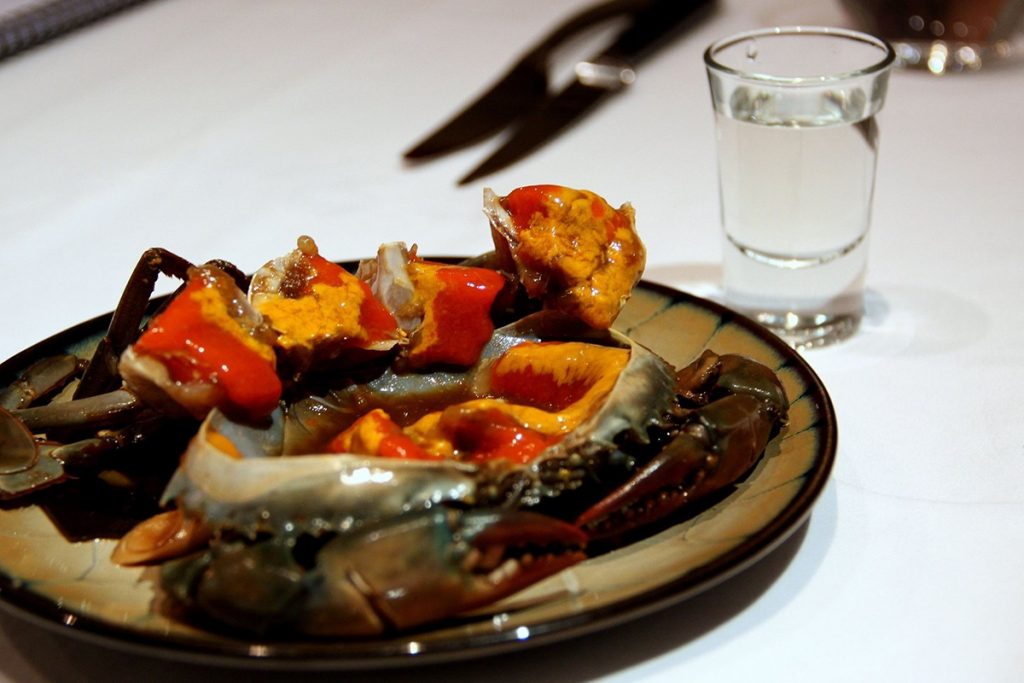Depuration | According to the WWF, Hong Kong people rank the second in consuming seafood in Asia, and the eighth largest in the world. Individually we consume 65.5 kg of seafood on average per year. That’s over thrice higher than the global average.
With the amount of seafood we eat, you’d think seafood cleanliness and safety would also be of paramount importance – second only to sustainability. But it appears that such is not the case.
Countries like France and Italy have laws requiring depuration of live seafood. There are over 1,000 depuration facilities in Japan alone. The UK has 82.
What exactly is depuration?
Depuration is the process by which marine or freshwater animals are placed into a clean water environment for a period of time to allow filtration of biological contaminants (such as e-coli) and physical impurities (such as sand and silt).
Plainly, live seafood crap and pee in and around their own environment whilst in transit. Here’s an example. It takes an oyster from Coffin Bay, Australia about 30 hours’ transit on average to get to HK. That’s 8 hours by truck from the oyster farm, 4 hours pre-boarding at the local airport, flight time from Sydney to HK, and 4 hours custom clearance. After all that, a typical HK importer then refrigerates the oysters. Imagine the amount of accumulated waste and dirt that makes in onto our plates under the guise of “jet fresh.”
Table has HK’s only depuration facility.
All live seafood is placed in their eco-friendly tank system in Sha Tin upon arrival in HK, to depurate for at least 72 hours before it makes it to customers. We’ve taken crab as an actual example, from depuration to plating. Have a look at the carousel on our Instagram post below.
Seafood tastes sweeter and more tender like they should be, fresh out of the ocean, after rehydration and “detoxifying” following a long journey.
Hungry? Buy ENTERTAINER 2017 (original price HKD475), now available for the the mid-year price of HKD195. Use promo code HUBHK2017 in your in-App cart upon check-out.




